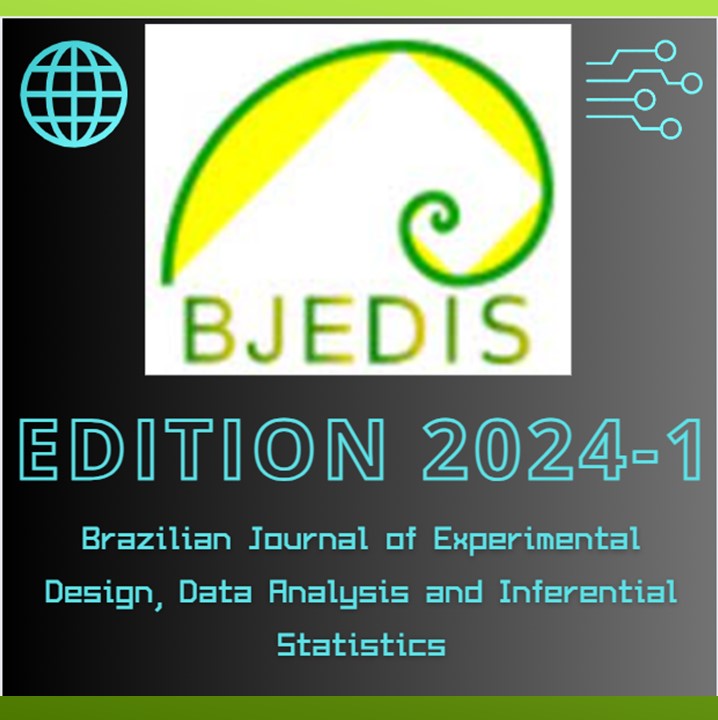HAZARD ANALYSIS AND RISK ASSESSMENT FOR SPINNING YARN PRODUCTION PROCESS BY INTEGRATED FTA-FMEA APPROCH
DOI:
https://doi.org/10.55747/bjedis.v1i1.58505Keywords:
FTA, FMEAAbstract
The hazard analysis and management is vital in textile industry to avoid accidents and wasting resources caused by the failures in production systems. Risk analysis is also very significant to decrease possible hazards and to avoid possible damage in manpower & production systems. In this study, an approach based on Failure Mode and Effects Analysis (FMEA) and Fault Tree Analysis (FTA) is proposed to analyse the ring spinning yarn production process in a textile industry. First, the possible hazards in the production line, yarn production system, in an integrated company operating in the textile sector are analysed by FTA method. Then, FMEA is applied to ring spinning yarn production process in a textile industry to rank all possible risks corresponding to hazards in descending order with respect to both occupational health and safety. It is very important to remove all possible hazards in textile industry to decrease the number of risks related to occupational health and safety. Therefore, in total of 57 hazard root causes are determined in the yarn production department. Subsequently, the faults related to the hazard root causes are examined by FTA and then risk corresponding to these hazards are prioritized by FMEA. The results obtained from the proposed FTA-FMEA approach show that decision makers and engineers can easily decrease the number of hazards and risks with respect to both occupational health and safety in practiceDownloads
Downloads
Published
Issue
Section
License
Copyright (c) 2023 Brazilian Journal of Experimental Design, Data Analysis and Inferential Statistics

This work is licensed under a Creative Commons Attribution 4.0 International License.
AUTHORS’ DECLARATION AND COPYRIGHT TRANSFER AGREEMENT
The undersigned authors hereby declare that the submitted manuscript is an original work and has not been previously published or submitted, in whole or in part, to any other journal. The authors further commit not to submit this work to any other journal while it is under consideration by BJEDIS.
We affirm that the manuscript is free from plagiarism, and we accept full responsibility for any allegations of academic misconduct that may arise.
By submitting this manuscript, the authors irrevocably transfer all copyrights of the work—including, without limitation, the rights of reproduction, distribution, translation, and public communication in any form or medium—to BJEDIS. Any breach of this agreement may result in legal action in accordance with the Brazilian Copyright Law (Law No. 9.610 of February 19, 1998).
The authors also declare that there are no conflicts of interest related to this work. All sources of financial support have been properly acknowledged in the funding section of the manuscript.



